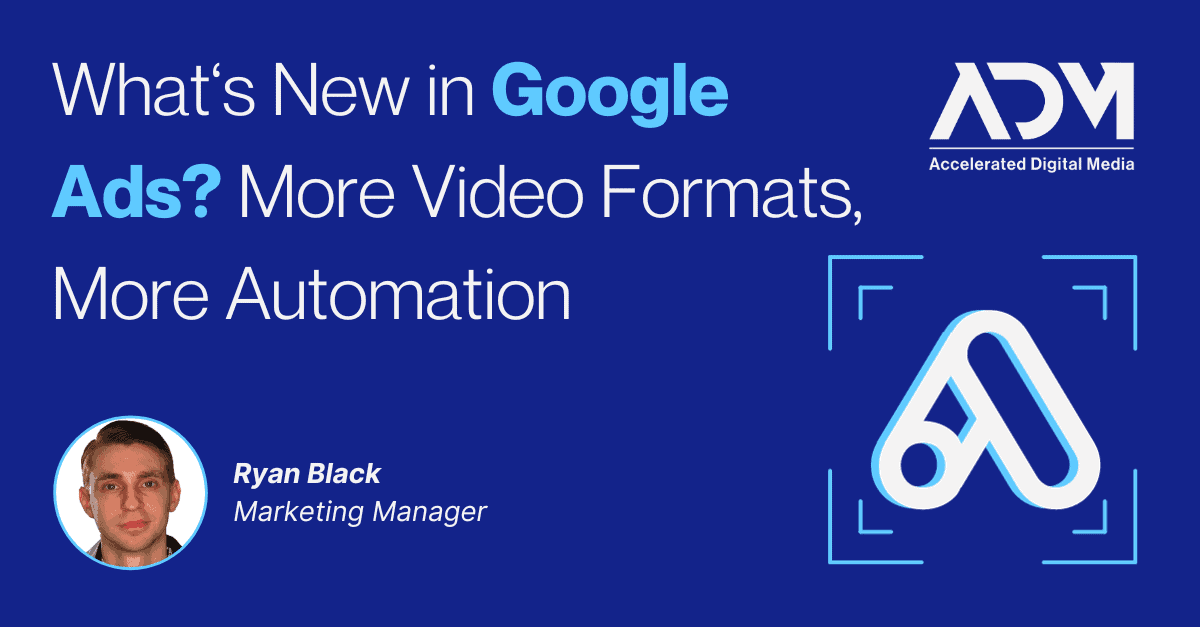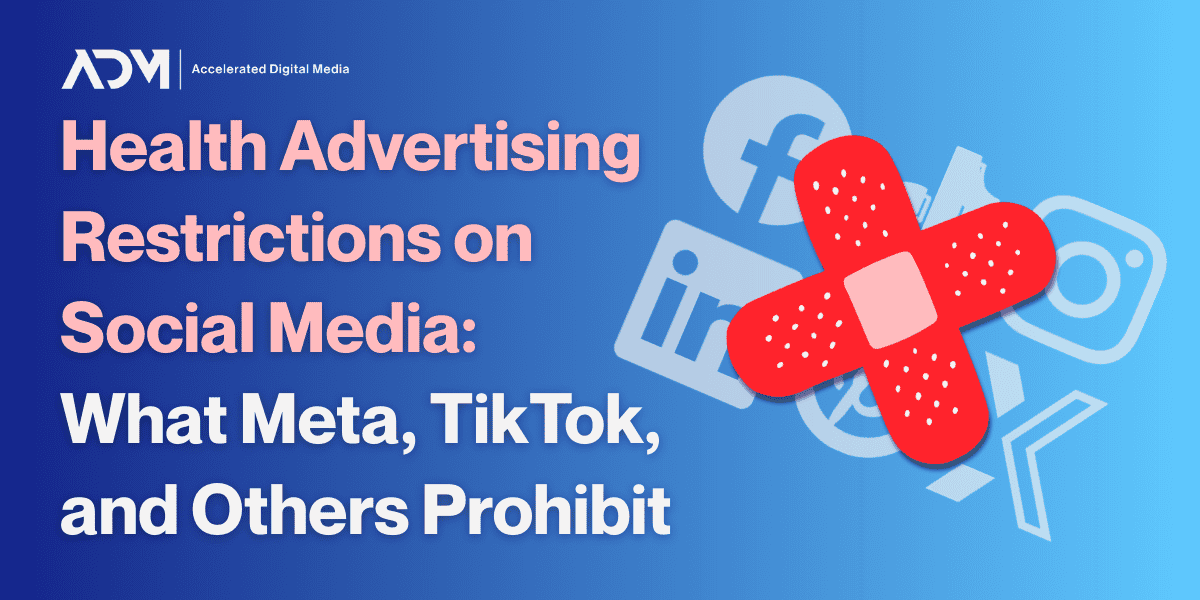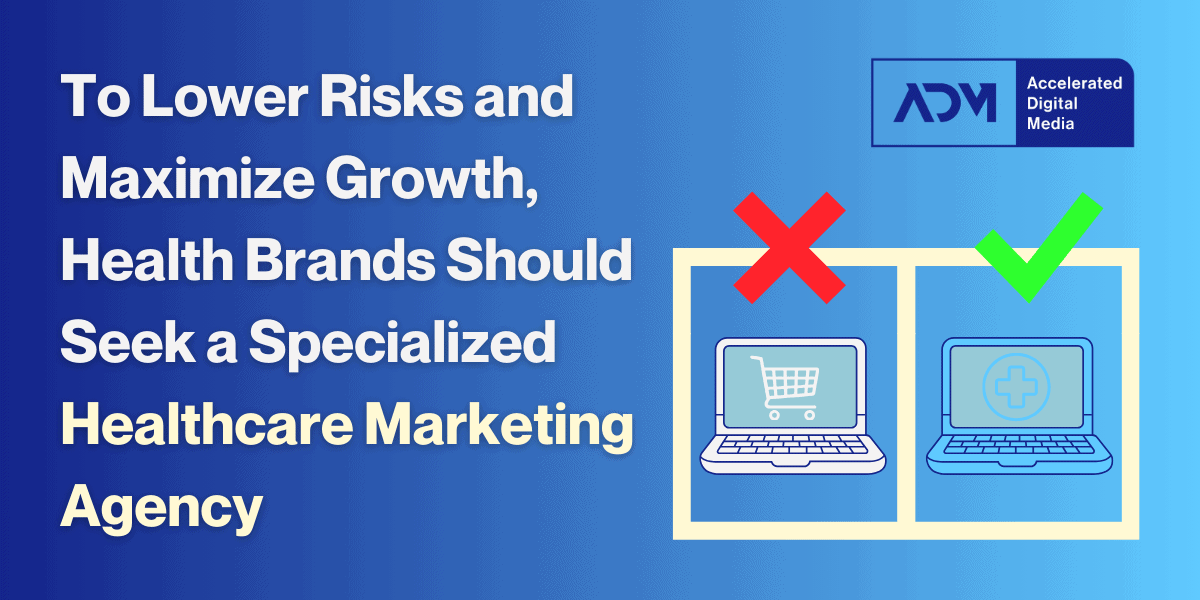The start of 2024 marks the beginning of Google’s long-awaited move to cut third-party cookies out of its Chrome browser. But that isn’t the only recent change from the tech giant that could impact advertisers. Google has also unveiled a few other changes to its Google Ads platform that will impact how brands deploy digital advertising.
New Formats Are Now Available in Video Reach Campaigns
Video reach campaigns (VRCs) are a next generation, highly-automated type of Google Ads campaign that allows advertisers to reach users across numerous ways they enjoy YouTube content. Like Performance Max and other multi-format campaign types, Google’s algorithms determine which formats to serve users in your audience, from their computer screens and mobile devices to their TV app. These campaigns function primarily as awareness campaigns that allow brands to reach a high volume of users at a fairly efficient spend.
In December, Google announced that they were adding more available formats to these campaigns. In addition to the existing bumper ads and skippable in-stream ads, VRCs can now place in-feed ads (“Watch Next” recommendations on YouTube or suggestions in the home feed) and YouTube Shorts ads. Shorts aren’t unlike TikTok videos or Instagram Reels, so advertisers may now be able to use the portrait-format, short-form videos they have created for those platforms on YouTube.
These changes should help advertisers leverage the effectiveness of Google’s automated ad placement and the increasingly-varied ways that people enjoy its YouTube content to expand their reach.
New Ad Copy Test Confuses Advertisers
Not all of Google’s automations are appreciated, however. Google will sometimes test functions and features without much fanfare. Recently, advertising expert Anthony Higman discovered that Google Ads was inserting copy he’d written for the headline field into the description text for his ads. Reporting by Search Engine Land confirmed that this was the case. They quote Google Ads liaison officer Ginny Marvin saying that “this is a small test” and offering no further comment.
This test might seem minor, but it fits into Google’s overall drive towards a more automated ad creation and targeting process. While some of the functions have been extremely useful—again, see Performance Max—this phenomenon can present challenges for advertisers. If you don’t know whether the headlines and ad copy you’ve built are actually appearing in the way you intended, it can become hard to test and validate your data.
There are certainly plenty of exciting aspects to Google’s AI-driven future, but “small tests” like these will be important to pay attention to, as they may tell the industry about what Google’s larger intentions are moving forward.
Will Automation Take Over Google Ads Support?
Ad functions aren’t the only thing that Google is automating. A year after cutting 6% of its global workforce, Google has indicated that it intends to “reorganize” its ad sales unit, the large team that helps support advertisers who buy advertising through services like Google Ads. As more of the technical side of using Google Ads becomes automated, the customer service side seems to be following suit.
Pressed in a recent Q&A about how much automation was going to take over Google Ads support, Marvin indicated that support wasn’t being phased out, but “changes are being made” and that “work is underway” to increase the role that learning language models (LLMs) play in providing customer support.
This information, combined with the launch of Google Ads’ paid support pilot, doesn’t quash any fears that it might be harder to speak to a real person about Google Ads issues in the future. That may make it appealing for advertisers to partner with an agency that has a robust portfolio, enhanced industry experience, and access to higher levels of support than may be afforded to standalone accounts.




